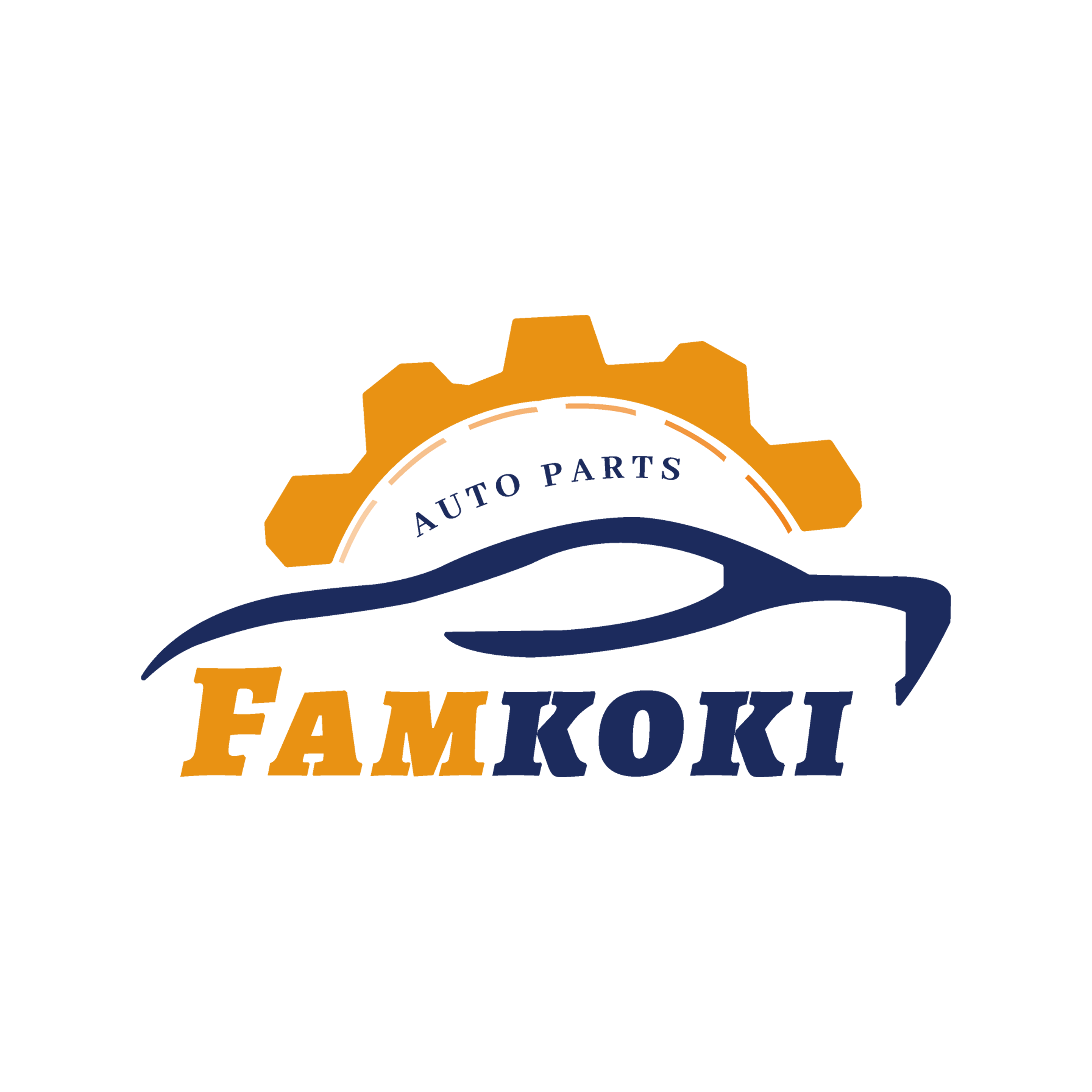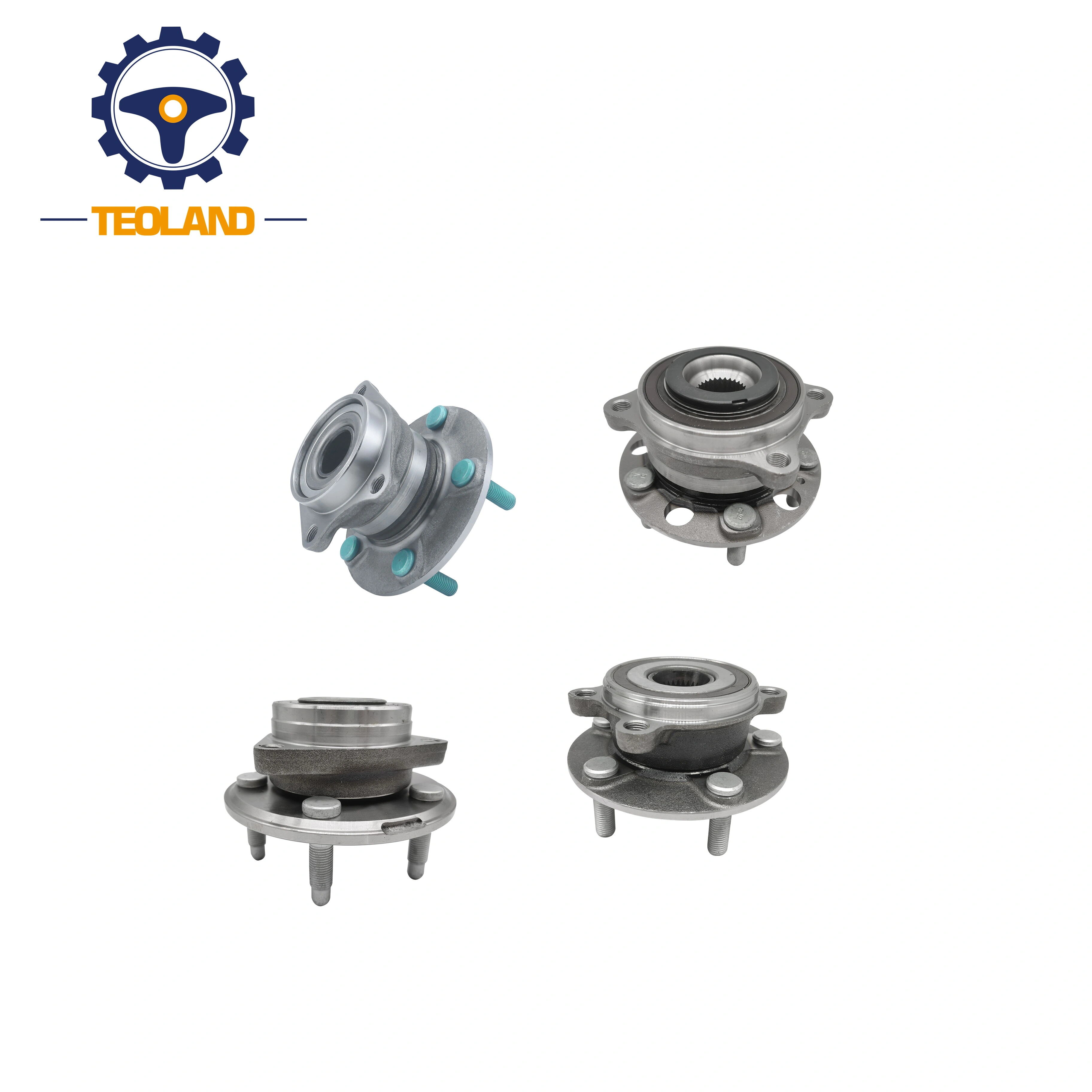Why Precision Steering Upgrades Matter
Precision steering upgrades play a crucial role in enhancing driving experiences, as they significantly impact vehicle handling and control. The integration of optimized steering components, like tie rods, rack and pinion systems, and control arms, allows drivers to interact more seamlessly with their vehicles, promoting smooth maneuverability and precise control. Research shows that maintaining these components well can minimize driver fatigue, thereby improving safety by preventing control loss due to steering inconsistencies. The combined functionality of these elements ensures accurate directional control, which is particularly vital during high-speed driving or when executing evasive maneuvers.
Key Benefits of Upgrading Steering Systems
Upgrading steering systems offers several tangible benefits, primarily enhancing vehicle stability and control under challenging driving conditions. A fine-tuned steering system heightens driver feedback, creating a more connected driving experience with improved road feel. Industry reviews have highlighted how upgraded steering systems can prolong vehicle lifespan by reducing wear on components. Such enhancements not only ensure safer driving dynamics but also contribute to a more satisfying and responsive driving experience, ultimately offering long-term benefits for vehicle maintenance and operational efficiency.
Performance Steering Wheels: Lightweight and Ergonomic Designs
Material Choices: Aluminum vs. Carbon Fiber
Choosing the right material for steering wheels is crucial in performance driving. Aluminum steering wheels offer durability and a traditional feel, making them reliable for enduring various driving conditions. In contrast, carbon fiber steering wheels provide a lightweight advantage, which is ideal for competitive driving environments. This reduction in weight can enhance both acceleration and handling capabilities. However, the choice between these materials also impacts cost-effectiveness; carbon fiber wheels are typically more expensive but offer superior performance benefits. Both materials have distinct advantages depending on your driving needs and vehicle specifications.
Ergonomic Features for Enhanced Grip and Feedback
Ergonomically designed steering wheels play a vital role in enhancing driver comfort and performance. Incorporating features such as contouring, rubberized grips, and integrated thumb rests can significantly improve grip and reduce hand fatigue, especially during long drives. These design elements allow drivers better control during aggressive maneuvers, ensuring safety and enhanced enjoyment. Data suggests that drivers using ergonomically optimized steering wheels experience noticeable improvements in overall driving performance and comfort, making the investment worthwhile for those seeking to elevate their driving experience.
Compatibility with Modern Steering Columns
Modern steering wheels are engineered to align seamlessly with advanced steering columns, ensuring smooth integration with electronic and hydraulic systems. Upgrading to a new steering wheel may require additional components such as hub adapters, which ensure precise fitment with various vehicles. Compatibility between steering components is critical for optimal functionality; mismatched parts can lead to diminished performance and even compromise safety. Therefore, ensuring that your new steering wheel is compatible with your vehicle’s existing systems is a crucial step in achieving the desired performance enhancements.
Upgraded Tie Rods and Ends: Durability Meets Responsiveness
Chromoly Steel Construction for Strength
The use of chromoly steel in tie rods offers prowess in strength and resilience. This alloy is celebrated for its high strength-to-weight ratio, making it an ideal choice for components that endure substantial stress, such as tie rods. Compared to standard steel, chromoly's superior durability means it extends the lifespan and significantly reduces the chances of bending or breaking under heavy loads. For performance-driven applications, these enhanced features of chromoly steel lead to remarkable improvements in vehicle dynamics, ensuring the steering system remains robust yet responsive under pressure.
Reducing Flex for Sharper Steering Inputs
Engineering tie rods to minimize flex is crucial for achieving sharper steering inputs and better overall handling. When these components are designed to be stiffer, they provide more immediate feedback to the driver, enhancing alignment and stability, particularly during aggressive cornering. According to performance data, reducing flex in essential steering components correlates with enhanced lap times on racetracks. This improvement is particularly beneficial for vehicles that navigate challenging terrains or intense driving conditions, ensuring reliability and consistency in handling.
Impact on Wheel Alignment and Stability
Upgraded tie rods significantly impact wheel alignment, ensuring optimal orientation for the wheels and thereby maintaining the ideal traction level. Proper wheel alignment minimizes tire wear and prevents handling issues, offering a noticeably smoother driving experience. Moreover, studies indicate that vehicles equipped with well-secured tie rod ends deliver improved stability, particularly during high-speed maneuvers. This stability is critical for both everyday and performance-focused driving, as it upholds the vehicle's handling integrity under demanding conditions.
High-Performance Steering Racks: Eliminating Play
Rack-and-Pinion vs. Recirculating Ball Systems
When it comes to high-performance steering, the difference between rack-and-pinion and recirculating ball systems is pivotal. Rack-and-pinion systems are favored for their direct steering response, which translates to more precise control and responsiveness, crucial for performance driving. In contrast, recirculating ball systems often result in a less tight and responsive steering feel, making them less ideal for scenarios demanding immediate feedback. Understanding each system's design and operational differences can help drivers choose the appropriate gear for performance upgrades.
How Reduced Play Enhances Precision Control
Eliminating play in steering racks significantly enhances precision control, an essential factor for competitive driving. This precision translates to the driver’s ability to execute maneuvers accurately, particularly in situations demanding quick reactions. The increased control not only augments safety by allowing for swift response but also boosts performance by enabling greater accuracy in competitive settings. Research supports that vehicles with minimal steering play surpass established performance benchmarks in competitions, confirming the value of reduced play for those seeking precision.
Installation Tips for Optimal Performance
Achieving optimal performance from steering racks starts with proper installation, where even minor misalignments can negate potential benefits. Following torque specifications and ensuring all components are securely tightened and lubricated are crucial steps. For those unfamiliar with installation intricacies, consulting a professional installer can avert common errors and ensure the upgrade is seamless. Attention to detail during installation is essential to fully exploit the advantages of high-performance steering racks, thereby enhancing vehicle dynamics and steering responsiveness.
Power Steering Pumps: Optimizing Fluid Delivery
Hydraulic vs. Electric Power Steering Systems
When it comes to power steering, the choice between hydraulic and electric power steering systems can significantly impact performance and driving feel. Hydraulic power steering systems are known for providing a robust and traditional steering feel, making them a preferred option for enthusiasts who prefer a more tactile connection with the road. In contrast, electric power steering systems offer adjustable assistance and improved fuel efficiency. This adaptability makes them suitable for modern driving demands, including both daily commutes and performance driving. Understanding these systems' strengths and trade-offs allows drivers to tailor their vehicles to specific performance needs, whether prioritizing comfort, precision, or fuel savings.
High-Pressure Pumps for Responsive Feedback
High-pressure power steering pumps are pivotal for delivering a responsive steering experience. These pumps are designed to ensure rapid response rates, allowing drivers to make steering adjustments with minimal effort and maximum precision. Enhanced feedback is another significant advantage; high-pressure systems provide a more connected feel to the road, enhancing the driver's ability to navigate curves and obstacles gracefully. Numerous testimonials highlight their efficiency, with drivers noting greater agility and control. This added responsiveness is especially beneficial for those who prioritize a seamless driving experience, where precision and road feedback are paramount.
Maintaining Fluid Integrity for Longevity
Maintaining the integrity of power steering fluid is crucial for the longevity and optimal performance of steering systems. Regular inspection and maintenance of the fluid can prevent issues like contamination, which may lead to pump failure and decreased steering effectiveness. Statistics highlight a direct correlation between neglected fluid maintenance and reduced lifespan of steering systems. Therefore, it is essential to perform routine checks to ensure the fluid remains clean and at recommended levels. By doing so, drivers can safeguard their vehicles' steering performance, ensuring smooth operation and extending the life of both the pumps and the steering mechanism.
Bushings and Mounts: Minimizing Flex for Maximum Feedback
Polyurethane vs. Rubber: Stiffness Comparisons
Polyurethane bushings offer significantly higher stiffness compared to rubber, effectively minimizing flex and enhancing responsiveness in steering input. This durability allows them to withstand harsher conditions, contributing to prolonged component life, which is why these bushings are popular among performance enthusiasts. Tests have consistently shown that vehicles equipped with polyurethane bushings exhibit superior handling characteristics, providing drivers with a more controlled and responsive driving experience.
Reducing Vibration and Component Wear
Upgraded bushings can drastically reduce the vibrations transmitted through the steering column, leading to a smoother driving experience. By minimizing vibration, these bushings help to extend the lifespan of other steering components, as less strain is placed on them over time. Expert recommendations frequently highlight the benefits of upgraded bushings, emphasizing improved performance as well as enhanced driving comfort.
Easy-Swap Designs for DIY Enthusiasts
Many aftermarket bushings and mounts are designed with easy-swap features, allowing DIY enthusiasts to upgrade their steering systems without professional assistance. These designs facilitate a straightforward installation process, accommodating a wide range of vehicle models. The DIY installation trend has gained popularity, with enthusiasts sharing success stories and techniques online, making vehicle customization more accessible.
FAQ Section
What are precision steering upgrades?
Precision steering upgrades involve modifications to steering components like tie rods, rack and pinion systems, and control arms to enhance handling and control, offering improved driving experiences.
Why are steering components crucial for vehicle control?
Steering components are essential for vehicles as they link driver commands to car movements, providing stability, safety, and minimized driver fatigue.
What benefits do ergonomic steering wheels provide?
Ergonomic steering wheels enhance driver comfort through contouring and grips, aiding in better control during aggressive maneuvers and long drives.
How can upgraded tie rods improve steering responsiveness?
Using durable materials like chromoly steel, upgraded tie rods minimize flex and enhance immediate driver feedback, vital for sharper steering inputs.
What's the difference between hydraulic and electric power steering systems?
Hydraulic systems offer tactile steering feel, while electric systems provide adjustable assistance and fuel efficiency, each catering to different driving needs.
Table of Contents
- Why Precision Steering Upgrades Matter
- Key Benefits of Upgrading Steering Systems
- Performance Steering Wheels: Lightweight and Ergonomic Designs
- Upgraded Tie Rods and Ends: Durability Meets Responsiveness
- High-Performance Steering Racks: Eliminating Play
- Power Steering Pumps: Optimizing Fluid Delivery
- Bushings and Mounts: Minimizing Flex for Maximum Feedback
- FAQ Section
 EN
EN
 AR
AR
 FR
FR
 KO
KO
 PT
PT
 RU
RU
 ES
ES


